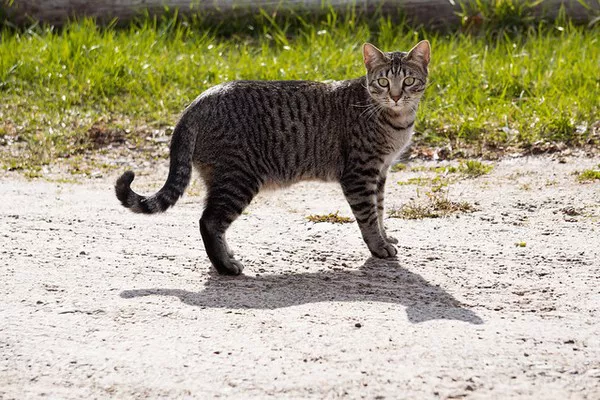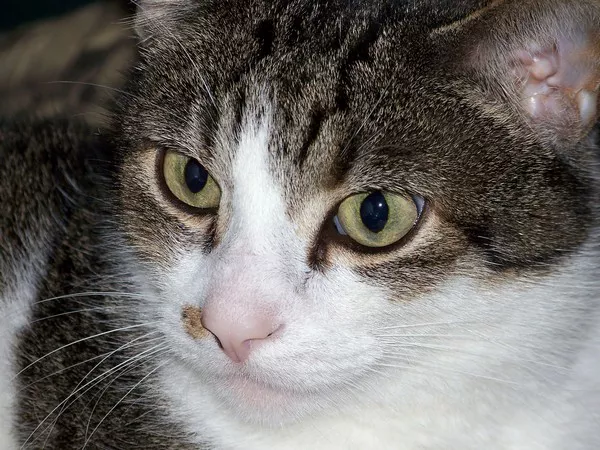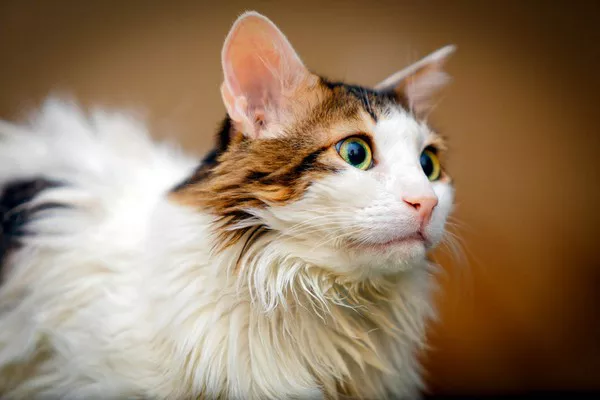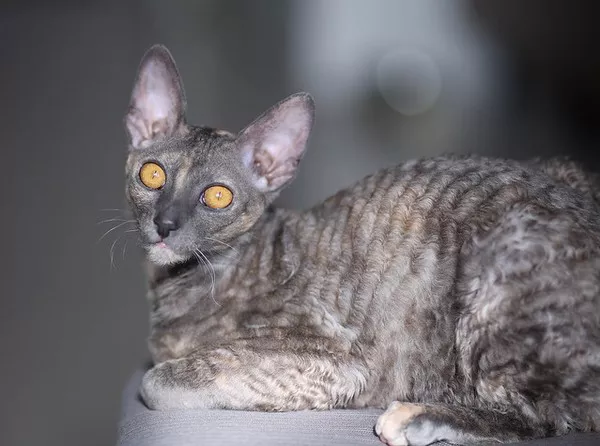In a startling revelation, the iconic Scottish wildcat, once the emblem of bravery and independence, is on the verge of extinction due to interbreeding with domestic cats. Recent studies published in Current Biology highlight the rapid decline of the Scottish wildcat’s unique genetic makeup, raising concerns about the future of this endangered species.
The Origin of the Catastrophe
The research, which analyzed DNA samples from both ancient and modern cats, uncovered an unexpected historical harmony between European wildcats and domestic cats. Despite coexisting for over 2000 years, the two species showed minimal genetic overlap, maintaining their distinct identities. However, a dramatic shift occurred approximately 70 years ago when domestic cats in Scotland began mating with their wild counterparts.
The Catastrophic Genetic Shift
The second study, featured in the same issue of Current Biology, delved into the genetic alterations within the Scottish wildcat population. Starting in the mid-1950s, over 5% of the genetic markers in Scottish wildcats began resembling those of domestic cats. By 1997, this figure skyrocketed to a staggering 74%. The study suggests that environmental pressures, including habitat loss and viral diseases affecting prey, pushed the Scottish wildcats to mate with domestic cats out of necessity.
Genomically Extinct: The Grim Reality
The consequences of this interbreeding are dire. The Scottish wildcat’s genome is now so saturated with domestic cat DNA that it is deemed “genomically extinct.” The once-proud symbol of Scotland is reduced to a confused mix of wild and domestic DNA, erasing the unique traits and characteristics that evolved over thousands of years.
Jo Howard-McCombe, the lead author of the study and a conservation geneticist at the Royal Zoological Society of Scotland, laments the swift loss of everything the wildcats evolved over millennia. The distinctive stripes have been replaced by unnatural spots and patterns, signaling the irreversible impact of this genetic dilution.
The Irony of Preservation Efforts
Interestingly, the researchers found that genes inherited from domestic cats may have played a role in the Scottish wildcats surviving as long as they did. Certain genes, vital for combating diseases like feline leukemia and feline immunodeficiency virus, were enriched in wildcat DNA. However, the exposure to these diseases stemmed from close contact with domestic cats, further highlighting the paradoxical role of domestication in the downfall of the Scottish wildcat.
Hope in Captivity
Despite the bleak outlook in the wild, hope resides in the 160 Scottish wildcats currently in captivity, thanks to early conservation initiatives. Only 18% of their DNA markers exhibit domestic traits, offering a glimmer of optimism for conservationists. The Saving Wildcats Project, led by Helen Senn, aims to reintroduce captive wildcats into the wild, away from the influence of domestic cats. The team hopes that over several generations, the captive wildcats will gradually shed their domestic DNA.
Controversial Conservation Strategies
While some remain optimistic about the captive breeding and reintroduction plan, skeptics, like Steve Piper of the Scottish Wildcat Association, believe it might be too late to salvage the genetic purity of the Scottish wildcat. Piper suggests considering the introduction of wildcats from regions like Romania, where the species still thrives.
Conclusion
The plight of the Scottish wildcat serves as a cautionary tale, highlighting the unintended consequences of human-induced environmental changes and the intricate relationships between domestic and wild species. As conservationists grapple with preserving the genetic integrity of endangered species, the Scottish wildcat’s uncertain future underscores the urgent need for thoughtful and proactive conservation measures worldwide.























